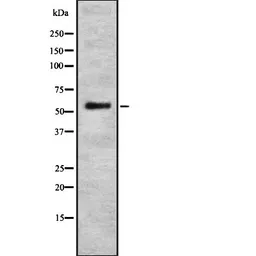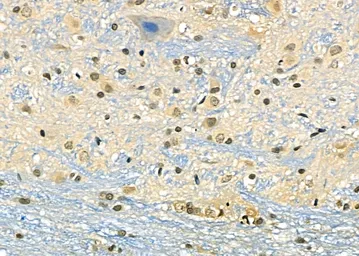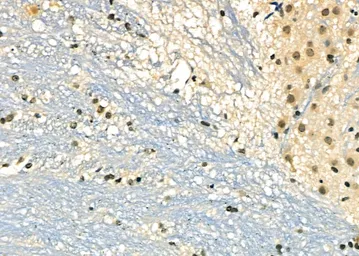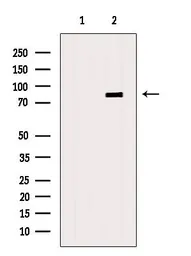DMP1 antibody
Cat. No. GTX04077
Cat. No. GTX04077
-
HostRabbit
-
ClonalityPolyclonal
-
IsotypeIgG
-
ApplicationsWB IHC-P
-
ReactivityHuman, Mouse, Rat, Monkey



